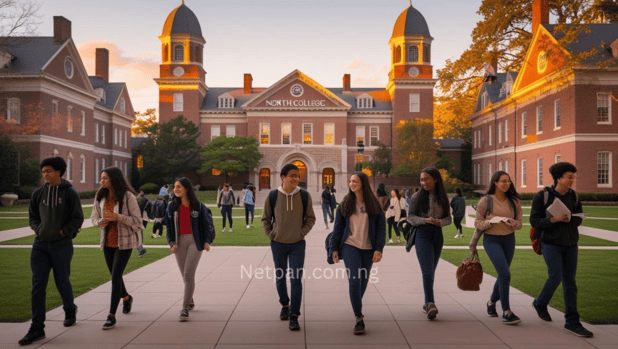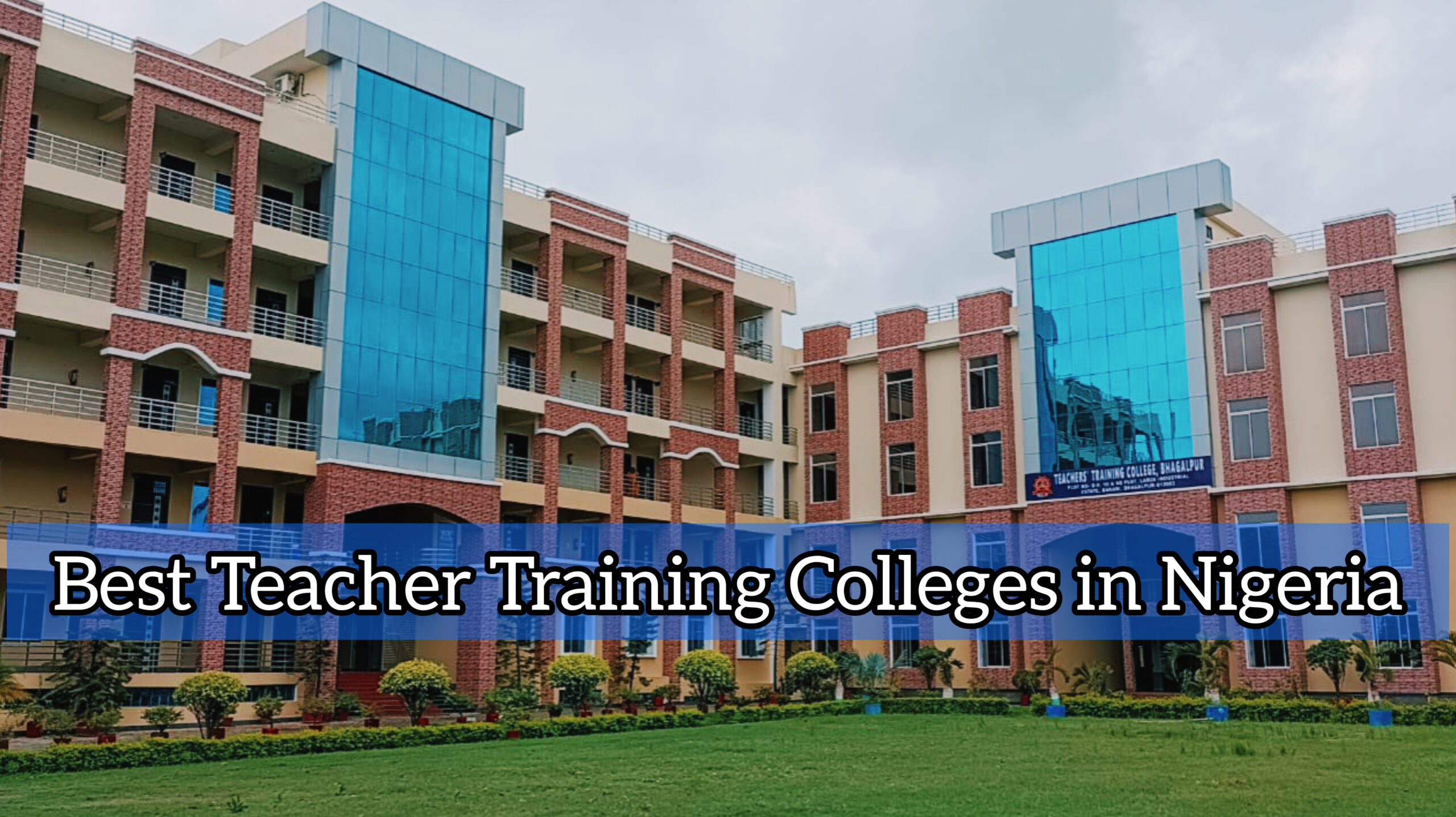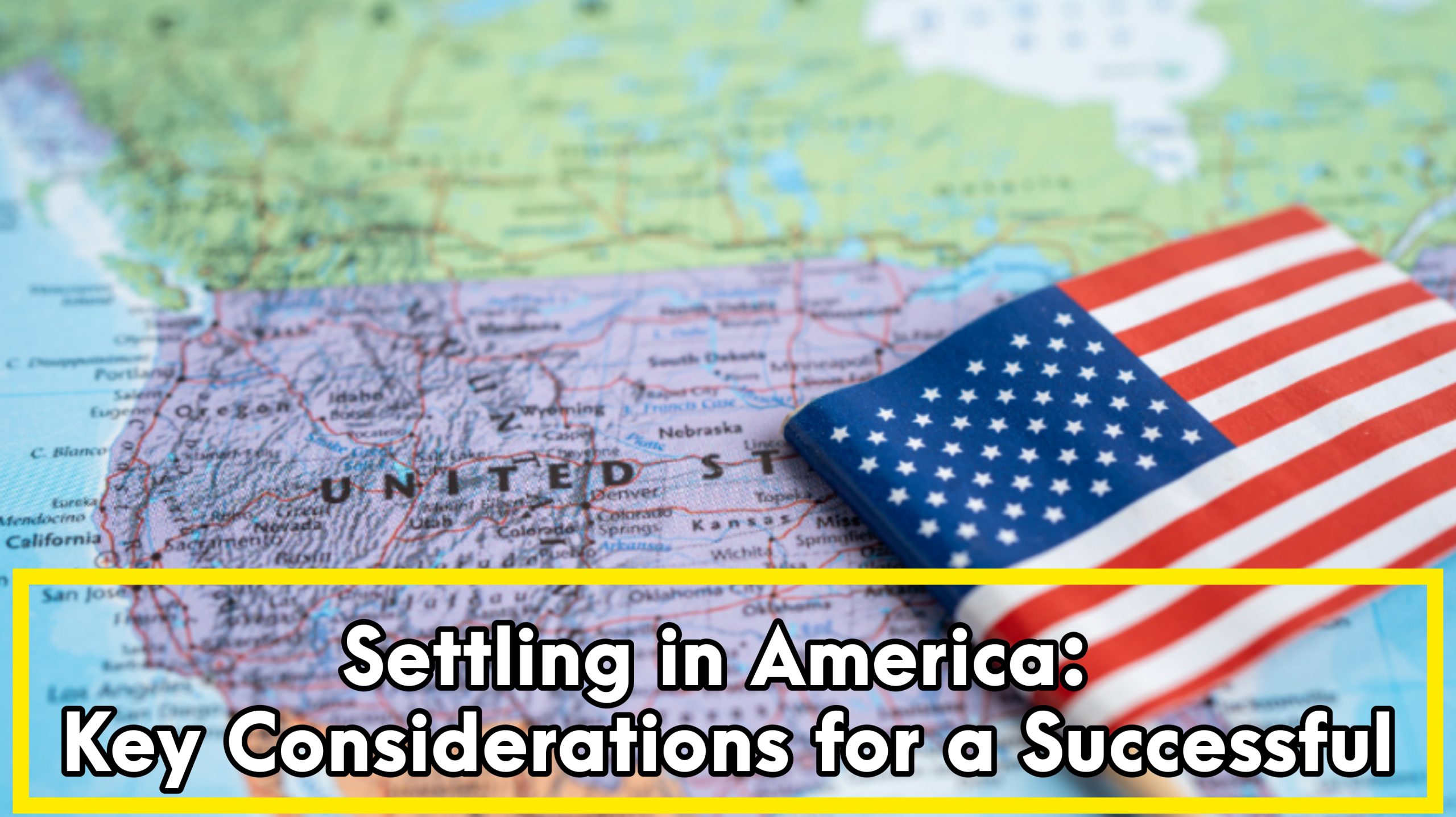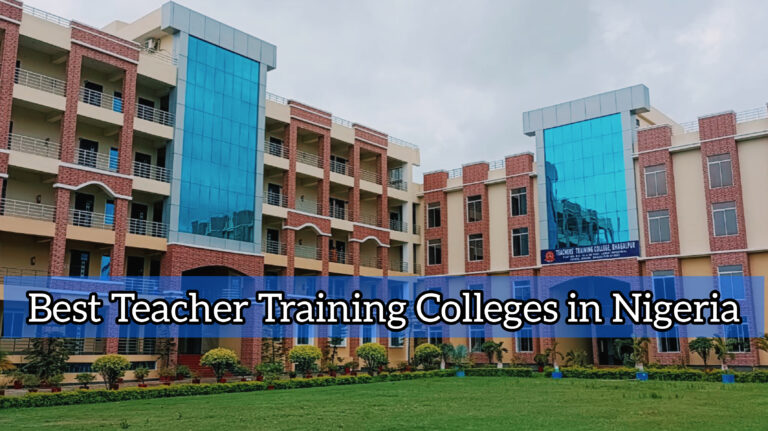Moving to the United States can be an exciting yet daunting experience. The immigration process is often the first hurdle you’ll face. Understanding how it works is crucial for a smooth transition.
The first step in your journey is to determine which visa suits your situation. The U.S. offers various visa types, each with specific requirements. Here are some of the most common:
- Family-Based Visas: If you have immediate family members who are U.S. citizens or lawful permanent residents (LPRs), they can sponsor you for a visa. This category includes spouses, children, and parents.
- Employment-Based Visas: If you have a job offer from a U.S. employer, you may qualify for an employment-based visa. There are several categories, including H-1B for skilled workers and L-1 for intracompany transferees.
- Diversity Visa Lottery: The U.S. runs a lottery program that allows individuals from countries with low immigration rates to apply for a Green Card. This is a great option if you meet the eligibility criteria.
- Student Visas: If you plan to study in the U.S., you’ll need an F-1 or M-1 visa. These visas allow you to attend an accredited institution.
Each visa type has its own set of requirements, including documentation, fees, and processing times. It’s essential to research and understand what is needed for your specific situation.
Steps to Apply for a Visa
Once you’ve identified the right visa, the next step is to apply. Here’s a simplified breakdown of the application process:
- Complete the Application Form: Most visa applications require you to fill out a form, such as the DS-160 for non-immigrant visas or the I-130 for family-based immigration.
- Pay the Fees: Visa applications come with fees that vary depending on the type of visa. Make sure to keep your payment receipt as you’ll need it for your interview.
- Gather Required Documents: This typically includes your passport, photographs, proof of financial support, and any other documents specific to your visa type.
- Schedule an Interview: After submitting your application, you’ll need to schedule an interview at the nearest U.S. embassy or consulate. Be prepared to answer questions about your application and your plans in the U.S.
- Attend the Interview: This is a crucial step. Dress professionally, be honest, and provide clear answers. The consular officer will assess your application and determine your eligibility.
- Wait for Processing: After your interview, your application will be processed. This can take anywhere from a few days to several months, depending on the visa type and your individual circumstances.
Common Challenges and How to Overcome Them
Navigating the immigration process can be challenging. Here are some common hurdles and tips on how to overcome them:
- Complex Paperwork: The amount of paperwork can be overwhelming. To manage this, create a checklist of required documents and deadlines. Consider seeking help from an immigration attorney if needed.
- Long Wait Times: Visa processing times can be lengthy. Stay informed about the status of your application and be patient. Use this time to prepare for your move, such as researching neighborhoods and job opportunities.
- Cultural Adjustment: Moving to a new country involves adapting to a different culture. Engage with local communities, join expat groups, and be open to new experiences. This will help ease the transition.
- Financial Planning: The cost of living in the U.S. can be high, especially in major cities. Create a budget that includes housing, transportation, and daily expenses. Research financial resources available to new immigrants.
By understanding the immigration process and preparing for these challenges, you can make your move to the U.S. smoother and more successful.
Finding the Right Place to Live in the US
Once you’ve secured your visa, the next step is finding the right place to live. The U.S. is vast and diverse, so choosing the right location is essential for your happiness and success.
Factors to Consider When Choosing a Location
When deciding where to live, consider the following factors:
- Job Opportunities: Research cities with strong job markets in your field. Areas with a high demand for your skills can make finding employment easier.
- Cost of Living: Different regions have varying costs of living. Look into housing prices, transportation costs, and general expenses to ensure you can afford your new lifestyle.
- Climate and Environment: The U.S. has a wide range of climates. Consider whether you prefer a warm, sunny environment or a cooler, more temperate climate.
- Community and Culture: Think about the type of community you want to be part of. Some areas are more urban and fast-paced, while others are suburban or rural and quieter.
- Education: If you have children, research the quality of local schools and educational opportunities. Good schools can significantly impact your family’s experience.
Popular Cities for New Immigrants and Their Benefits
Here are a few cities that are popular among new immigrants, along with their benefits:
- New York City: Known for its diversity and job opportunities, NYC is a hub for finance, technology, and the arts. The city offers a vibrant cultural scene and numerous support networks for immigrants.
- Los Angeles: With its warm climate and entertainment industry, LA attracts many newcomers. The city is also home to a large immigrant population, making it easier to find community support.
- Chicago: Chicago boasts a strong job market and affordable housing compared to other major cities. It has a rich cultural history and a welcoming atmosphere for immigrants.
- Houston: Known for its low cost of living and booming job market, especially in energy and healthcare, Houston is a great option for families and professionals alike.
- San Francisco: If you’re in tech, San Francisco is the place to be. The city offers high salaries and a vibrant startup culture, though the cost of living is significantly higher.
Cost of Living Comparisons Across Major US Cities
Understanding the cost of living is crucial when moving to the U.S. Here’s a brief comparison of living costs in some major cities:
- New York City: High cost of living, with average rent for a one-bedroom apartment around $3,000.
- Los Angeles: Moderate to high cost, with average rent around $2,500.
- Chicago: More affordable, with average rent for a one-bedroom at about $2,000.
- Houston: Low cost of living, with average rent around $1,500.
- San Francisco: Very high cost, with average rent exceeding $3,500.
Navigating the Job Market in the US
Moving to the United States is an exciting opportunity, but it can also be overwhelming, especially when it comes to finding a job. Understanding the job market is crucial for new immigrants. Here’s a guide to help you navigate this process effectively.
Before you start applying for jobs, it’s essential to understand your work authorization and employment eligibility. Here are the key points to consider:
- Visa Types: Your ability to work in the U.S. depends on the type of visa you hold. For instance, if you are on an H-1B visa, you can work for a specific employer. If you have a Green Card, you have more flexibility to work for any employer.
- Work Authorization: Some visas require you to obtain work authorization before you can start working. This process can vary, so it’s important to check the specific requirements for your visa type.
- Employment Eligibility Verification: Employers in the U.S. must verify your eligibility to work. This typically involves filling out Form I-9, which requires you to provide documentation proving your identity and work authorization.
Job Search Strategies and Resources
Finding a job in the U.S. can be challenging, but with the right strategies and resources, you can increase your chances of success. Here are some effective job search strategies:
- Online Job Portals: Websites like Indeed, LinkedIn, and Glassdoor are excellent places to start your job search. These platforms allow you to filter jobs by location, industry, and experience level.
- Tailor Your Resume: Customize your resume and cover letter for each job application. Highlight your skills and experiences that are most relevant to the position. Use keywords from the job description to make your application stand out.
- Utilize Local Resources: Many cities have local job boards and community organizations that assist immigrants in finding employment. Check out resources like the National Immigration Forum for guidance and support.
- Consider Temporary Work: If you’re struggling to find a permanent position, consider temporary or part-time work. This can help you gain U.S. work experience and expand your professional network.
- Stay Informed: Keep up with industry trends and job market changes. This knowledge can help you identify opportunities and prepare for interviews.
Networking Tips for Immigrants in the US
Networking is a powerful tool in the job search process. Here are some tips to help you build a professional network:
- Join Professional Associations: Many industries have professional organizations that offer networking opportunities, resources, and job listings. Joining these groups can help you connect with others in your field.
- Attend Industry Events: Look for conferences, workshops, and meetups in your area. These events are great for meeting professionals and learning about job openings.
- Leverage Social Media: Use platforms like LinkedIn to connect with professionals in your industry. Engage with their content and reach out for informational interviews to learn more about their experiences.
- Reach Out to Fellow Immigrants: Connect with other immigrants who have successfully navigated the job market. They can provide valuable insights and support.
- Be Proactive: Don’t wait for opportunities to come to you. Reach out to companies you’re interested in, even if they don’t have open positions. Express your interest and inquire about potential job openings.
Cultural Adjustment: What to Expect When Moving to the US
Cultural adjustment is a significant part of moving to a new country. Understanding what to expect can help ease the transition.
Common Cultural Differences and How to Adapt
When moving to the U.S., you may encounter various cultural differences. Here are some common ones and tips on how to adapt:
- Communication Styles: Americans tend to value direct communication. Be clear and concise in your conversations. This may differ from cultures that favor indirect communication.
- Workplace Norms: The U.S. workplace often emphasizes individualism and initiative. Be prepared to take the lead on projects and share your ideas openly.
- Social Interactions: Americans may seem more informal in social settings. It’s common to address colleagues by their first names. Embrace this informality while maintaining professionalism.
- Time Management: Punctuality is highly valued in the U.S. Arriving on time for meetings and appointments is essential.
Resources for Learning About American Culture
To help you adjust, consider utilizing the following resources:
- Cultural Orientation Programs: Many organizations offer programs to help newcomers understand American culture. Check local community centers or immigrant support organizations.
- Online Courses: Websites like Coursera and edX offer courses on American culture and communication styles.
- Books and Articles: Reading about American culture can provide valuable insights. Look for books that discuss cultural norms and values.
Building a Support Network in Your New Community
Having a support network is crucial for your adjustment. Here’s how to build one:
- Join Local Groups: Look for community groups, clubs, or organizations that align with your interests. This can help you meet new people and make friends.
- Volunteer: Volunteering is a great way to connect with others while giving back to your community. It can also help you gain local experience.
- Stay Connected with Family and Friends: Maintain relationships with loved ones back home. They can provide emotional support during your transition.
Essential Tips for Settling Down in the US After Your Move
Once you’ve moved, there are several practical steps to take to settle down comfortably in the U.S.
Opening a Bank Account and Managing Finances
Managing your finances is crucial. Here’s how to get started:
- Choose the Right Bank: Research banks that offer services tailored to immigrants. Look for those with low fees and convenient locations.
- Gather Required Documents: To open a bank account, you’ll typically need your passport, visa, and proof of address. Check with your chosen bank for specific requirements.
- Understand Banking Services: Familiarize yourself with services like online banking, debit cards, and credit options. This knowledge will help you manage your finances effectively.
Understanding Healthcare Options and Insurance
Healthcare in the U.S. can be complex. Here’s what you need to know:
- Health Insurance: It’s essential to have health insurance to cover medical expenses. Research options available through your employer or the Health Insurance Marketplace.
- Finding a Doctor: Once you have insurance, find a primary care physician. Many insurance plans require you to choose a doctor within their network.
- Emergency Services: Familiarize yourself with local hospitals and urgent care facilities. Knowing where to go in case of an emergency is vital.
Enrolling Children in Schools and Educational Resources
If you have children, ensuring they receive a good education is a priority. Here’s how to navigate the school system:
- Research School Districts: Look into the school districts in your area. Consider factors like school ratings, programs offered, and extracurricular activities.
- Enrollment Process: Each school has its own enrollment process. Typically, you’ll need to provide proof of residency, immunization records, and previous school records.
- Educational Resources: Explore local resources such as tutoring centers, libraries, and community programs that can support your child’s education.
FAQs for Navigating the Job Market in the US
What types of visas allow immigrants to work in the US?
Immigrants can work in the US with various visas, including H-1B for skilled workers, L-1 for intra-company transfers, and O-1 for individuals with extraordinary abilities. Each visa has specific eligibility requirements and application processes.
How can I find job opportunities as a new immigrant in the US?
New immigrants can find job opportunities through online job portals like Indeed and LinkedIn, local job boards, and community organizations. Networking and attending industry events also significantly enhance job search efforts and uncover hidden opportunities.
What are the key steps to apply for a work visa in the US?
To apply for a work visa, complete the appropriate application form, pay the required fees, gather necessary documents, schedule an interview at a US embassy, and attend the interview to demonstrate eligibility and intent to work.
What challenges do new immigrants face when entering the US job market?
New immigrants often face challenges such as language barriers, lack of local work experience, unfamiliarity with the job market, and difficulties in obtaining recognition for foreign qualifications. Overcoming these challenges requires persistence and resourcefulness.
How important is networking for immigrants seeking jobs in the US?
Networking is crucial for immigrants, as many job opportunities are found through personal connections. Engaging with professional associations, attending events, and utilizing platforms like LinkedIn can help build a valuable network and increase job prospects.
What cultural differences should immigrants be aware of when working in the US?
Immigrants should be aware of direct communication styles, the emphasis on punctuality, and the importance of individualism in the workplace. Adapting to these cultural norms can enhance workplace relationships and overall job satisfaction.
What resources are available for learning about American culture?
Resources for learning about American culture include cultural orientation programs, online courses, books, and community organizations. Engaging with local communities and participating in cultural events can also provide valuable insights into American life.
What practical steps should I take to settle down in the US after moving?
After moving, open a bank account, understand healthcare options, and enroll children in schools. Familiarizing yourself with local resources and community services will help ease the transition and support your new life in the US.















+ There are no comments
Add yours